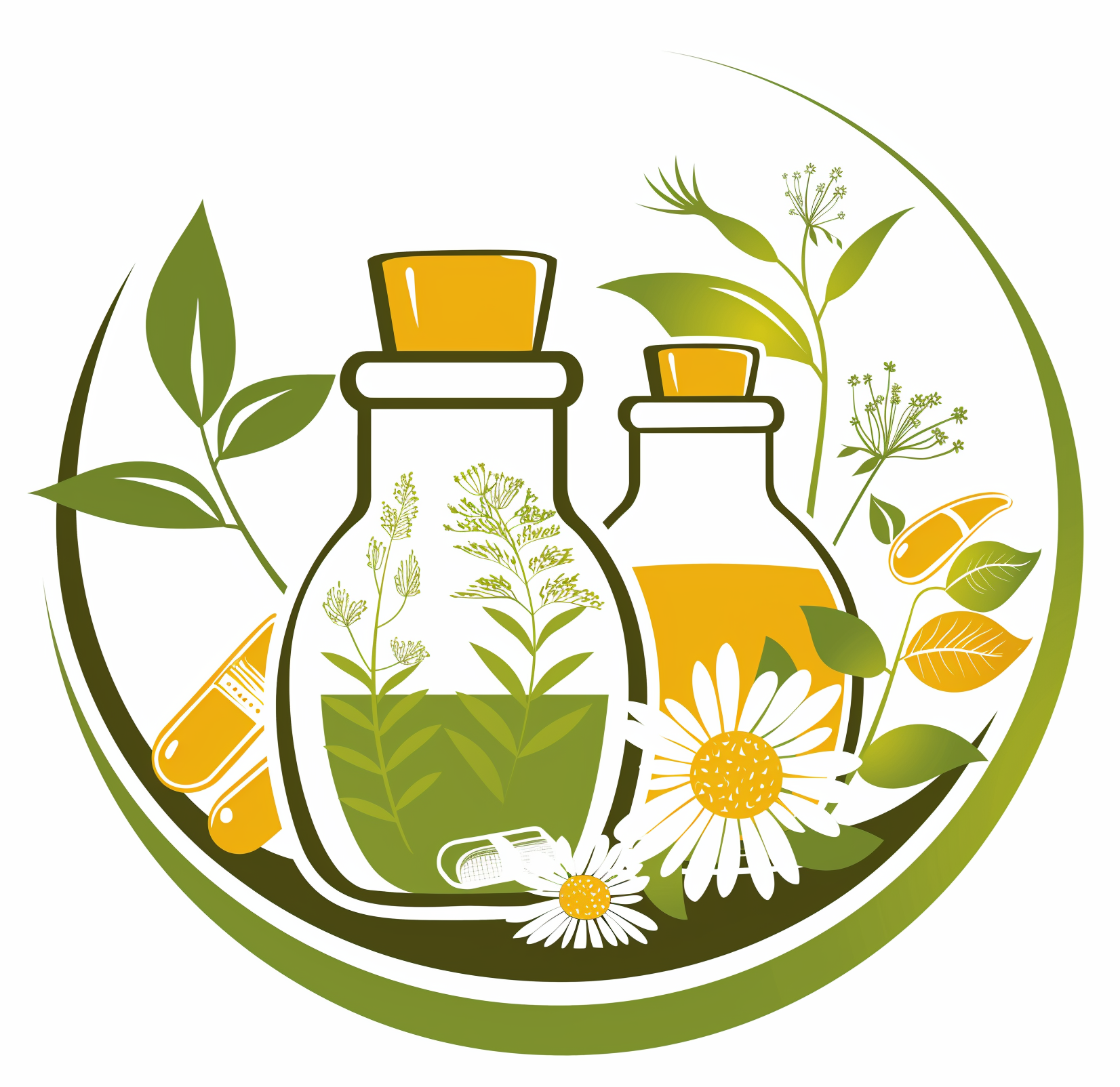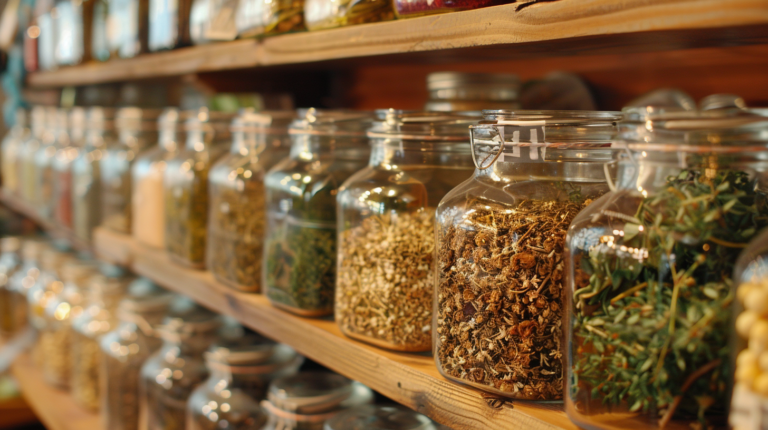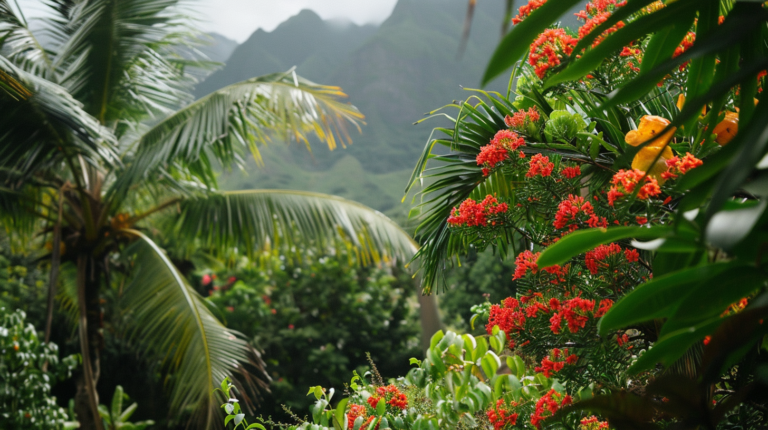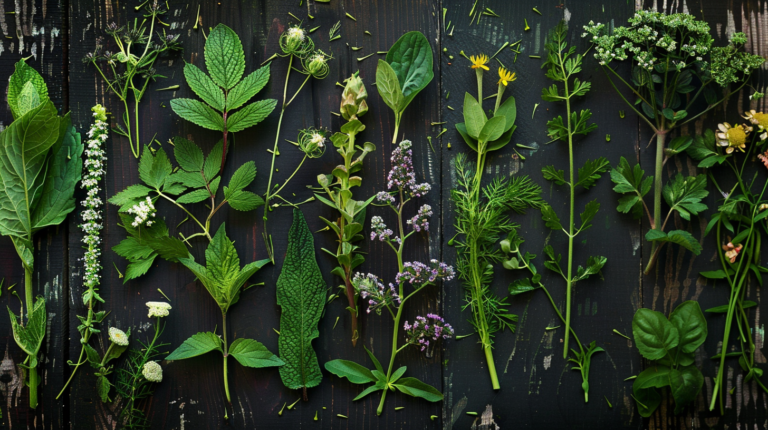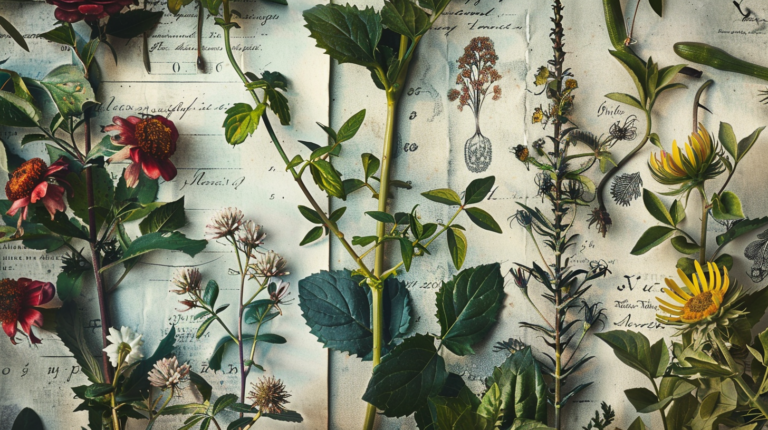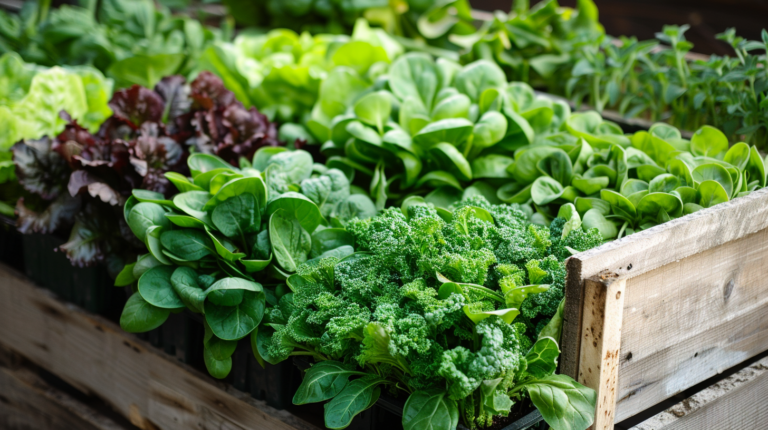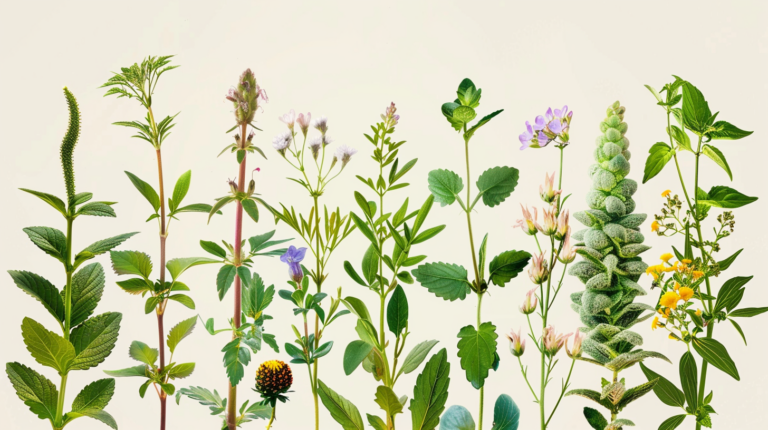Healing Superpowers: Top Medicinal Wild Plants to Forage
Have you ever found yourself wandering through a forest, captivated by the untamed beauty surrounding you, and wondered if these wild and resilient plants hold the key to your well-being? Many of us long to reconnect with nature, seeking remedies that are both natural and accessible. Yet, in the hustle and bustle of modern life, we often forget the healing powers of our own backyard.
But what if you could tap into this ancient wisdom? Imagine having the knowledge to identify and use medicinal wild plants to address common ailments, boost your immune system, and enhance your overall health. These plants are not just weeds; they are nature’s pharmacy. By integrating these potent allies into your life, you can enjoy the benefits of herbal remedies that are as effective as they are organic. Now, let’s dive into this fascinating world and learn how to make the most of what Mother Nature has to offer.
What Are Medicinal Wild Plants?
Definition and Overview
Medicinal wild plants are those untamed beauties that thrive in the wild and possess healing properties. Unlike their cultivated cousins in our gardens, these plants grow without human intervention, often showing more resilience and potent medicinal benefits. The significant difference between cultivated medicinal plants and wild ones is that the latter adapt naturally to their environment, which often makes them more robust and nutrient-dense.
Historical and Cultural Significance
Throughout history, generations have turned to the wild for healing. In folklore, it’s said that the Native American tribes and early European settlers in North America relied heavily on these wild herbs. For example, yarrow, dandelion, and nettle were not just food; they were medicine. Historical texts and tales are brimming with anecdotes of heroes and healers who used wild plants to cure ailments, ward off evil spirits, and even flavor their meals. It’s intriguing to think that the simple act of harvesting plants like stinging nettle or plantain connects us to centuries-old traditions and wisdom.
Common Medicinal Wild Plants and Their Benefits
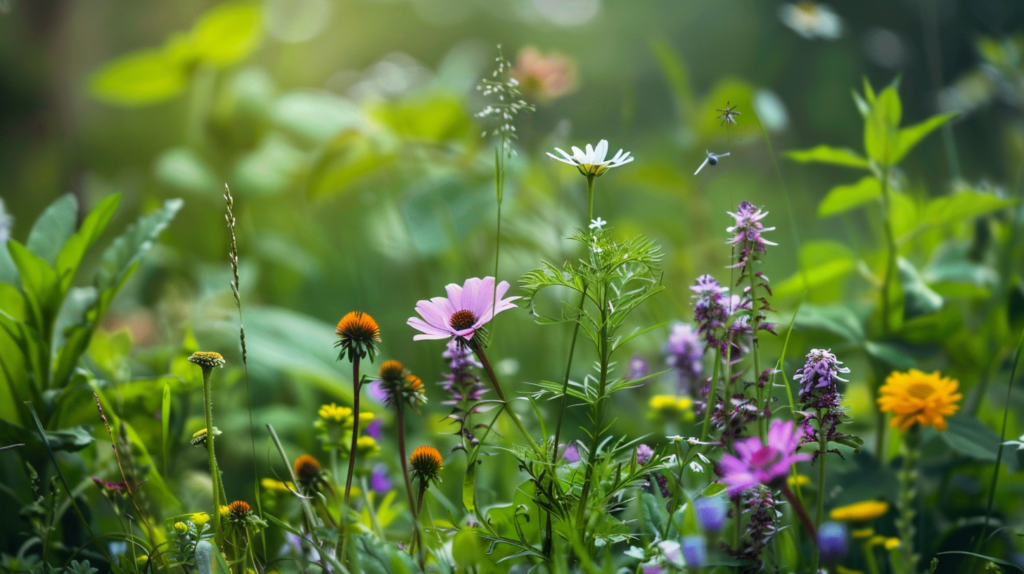
Top Medicinal Wild Plants to Forage
Foraging can feel like going on a treasure hunt, where your prize is nature’s pharmacy. Here, let’s dive into some of the most common medicinal wild plants that you can find in your backyard or local meadow. Remember, identifying these plants accurately is crucial, so always carry a reliable field guide.
Plant 1: Yarrow (Achillea millefolium)
Description: Yarrow is a resilient plant with feathery leaves and clusters of white or pink flowers. It’s a common sight in fields and along roadsides.
Benefits: Yarrow is a powerhouse for treating wounds due to its strong anti-inflammatory and astringent properties. Additionally, it aids in digestion and can help lower blood pressure.
How to use: Use fresh yarrow leaves as a poultice on wounds, or prepare a tea from dried flowers and leaves to soothe internal discomfort. I remember the first time I used yarrow tea for a nasty cold, its efficacy was almost magical!
Plant 2: Red Clover (Trifolium pratense)
Description: Recognizable by its trifoliate leaves and round, pink flower heads, red clover is often found in meadows and pastures.
Benefits: Red clover is renowned for its blood-purifying properties. It’s also used to treat skin conditions like eczema and psoriasis.
How to use: Infuse the blossoms in hot water to make a tea, or add them to salads for a nutrient boost. I often add red clover to my herbal infusions, thanks to its mild, sweet flavor.
Plant 3: Stinging Nettle (Urtica dioica)
Description: This plant has serrated green leaves covered with tiny stinging hairs. It’s typically found in moist, nutrient-rich soils.
Benefits: Stinging nettle is excellent for treating allergies, reducing inflammation, and providing a rich source of vitamins and minerals.
How to use: Blanch the leaves to remove the stings and use them in soups or teas. A nettle tea can be a fantastic spring detox, something I make sure to drink regularly during the season shift.
Plant 4: Plantain (Plantago major)
Description: Not to be confused with the banana-like fruit, plantain has broad leaves that grow in a rosette. It’s commonly found in lawns and along paths.
Benefits: Plantain leaves are known for their soothing effect on insect bites, rashes, and minor wounds. They have anti-inflammatory properties and aid in digestion.
How to use: Crush fresh leaves and apply them directly to the skin or brew a tea from the dried leaves to enjoy its digestive benefits.
Plant 5: Dandelion (Taraxacum officinale)
Description: Universally known for its bright yellow flowers, dandelion is a ubiquitous weed that grows almost anywhere.
Benefits: Every part of the dandelion is used in herbal medicine, from root to flower. It’s great for liver detox, aiding digestion, and acting as a mild diuretic.
How to use: Use the roots roasted as a coffee substitute, add young leaves to salads, or make a dandelion flower wine. One of my favorite springtime traditions is to make dandelion tea, which serves as a gentle tonic for overall health.
Harvesting and Preparing Medicinal Wild Plants
Best Practices for Harvesting
Harvesting wild plants is not just about plucking them from the earth; it’s a mindful interaction with nature. Knowing the right times and methods to gather ensures that plants retain their medicinal properties and that you forage sustainably.
– **Buds and Flowers**: Harvest as they begin to open.
– **Leaves**: Collect before the plant blooms.
– **Roots**: Best dug up in fall or spring.
Preparation Methods
Turning wild plants into usable remedies is an art and a science. Here are some basic methods to get you started:
– **Teas**: Steep dried or fresh plant material in hot water.
– **Tinctures**: Infuse plant material in alcohol over several weeks.
– **Salves**: Combine infused oils with beeswax for topical use.
– **Poultices**: Apply mashed fresh or dried plant material directly to the skin.
Medicinal wild plants are a gift from nature, waiting to support our health and well-being. The joy and satisfaction of identifying, harvesting, and preparing your own natural remedies are unmatched. Happy foraging, my fellow herbal enthusiasts!
Safety and Ethical Considerations
Safety Tips
Before diving head-first into the world of wild foraging, it’s crucial to understand the potential medicinal plants safety concerns. With great power comes great responsibility, as they say! Here are a few tips to keep in mind:
– **Dosage**: Just because something is natural doesn’t mean it’s safe in large amounts. Be mindful of dosages.
– **Freshness**: Always use fresh or properly dried plants to avoid mold and contaminants.
– **Consultation**: If you’re on medication, consult with a healthcare professional. Some plants may interact with pharmaceutical drugs.
– **Identification**: A misidentified plant can be harmful. Use a reliable field guide and get multiple confirmations.
Ethical Foraging
Sustainable and ethical foraging is essential to preserve nature’s precious gifts for future generations. Here are some golden rules:
– **Harvest Moderately**: Never take more than you need. As the saying goes, “Take only memories, leave only footprints.”
– **Respect Ecosystems**: Some wild plants are crucial for the local wildlife. Make sure your foraging doesn’t disrupt the habitat.
– **Know Your Rights**: Familiarize yourself with local foraging laws. Whether you’re in North America or elsewhere, rules vary.
– **Seasonal Awareness**: Harvest in the right season to ensure the plant’s regeneration.
DIY Remedies Using Medicinal Wild Plants
Easy Recipes
You don’t need a degree in herbal medicine to create simple and effective remedies. Here are some easy-to-follow recipes:
– **Herbal Tea Blends**: Combine yarrow, red clover flowers, and stinging nettle leaves for a detoxifying tea. Steep a teaspoon of each in hot water for 10 minutes.
– **Healing Salves**: Melt beeswax and mix with infused yarrow oil. Cool down and store in a jar. This salve is great for cuts and scrapes.
– **Tinctures and Infusions**: Soak dandelion roots in vodka for a few weeks to make a tincture. Use a few drops for digestive issues.
Personal Anecdotes and Success Stories
Let me tell you a little story. I once had a friend who suffered from chronic eczema. Traditional treatments offered no relief. One day, I suggested she try a poultice made from plantain leaves. She followed this folk remedy, and to her amazement, her eczema improved significantly within a week. Stories like these highlight the transformative power of these wild plants!
Resources and Further Reading
Recommended Books
If you’re eager to delve deeper, here are some must-read books by renowned herbalists:
– “Midwest Medicinal Plants” by Kelly Kindscher
– “The Green Pharmacy” by James A. Duke
– “Edible and Medicinal Wild Plants of North America” by Steven Foster
Useful Websites and Communities
Engage with the herbal community online to exchange knowledge and experiences:
- Herb Society of America – A treasure trove of resources and community forums.
- American Herbalists Guild – Offers courses and certifications.
- WildFoodUK – Features guides, recipes, and foraging tours.
